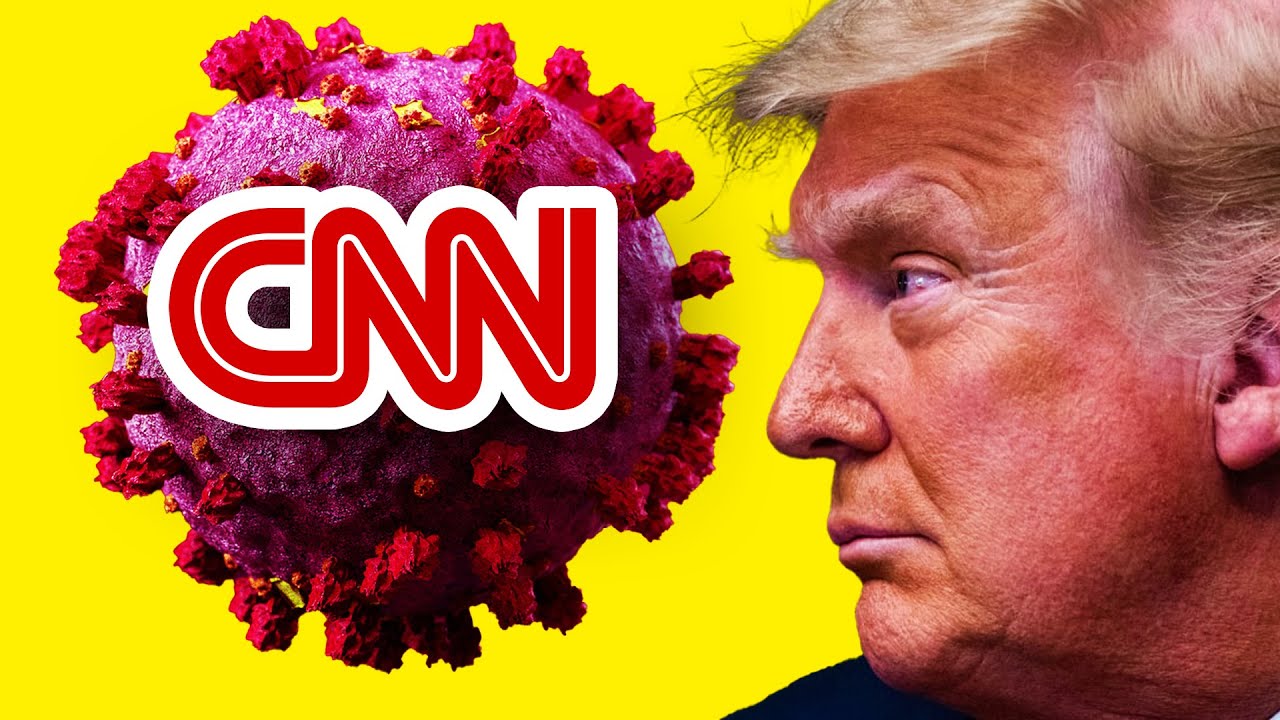
TK Mashup: “Children of the COVID”
by Matt Orfalea Matt Taibbi | Jan 17, 2023
“I’m more worried for children than I’ve ever been.”
“It is picking off young people like we’ve never seen.”
“Think of the children!”
As Matt Orfalea shows above in his new “Children of the COVID” video, this was real press commentary stretching across years about a Covid-19 virus now recognized to pose an extraordinarily small risk to children.
Living in America in the last 6-7 years has been like being trapped in a fugue state, where reality is kaleidoscopic, memory is elusive, and moments of clarity sometimes more jarring than reassuring. To be reminded of what we were told day after day for years, after being trained to forget, is like waking from an unpleasant dream, prompting thoughts like, “Did that really happen?”
In Matt’s video, we see how the pandemic was reported not as a collective problem to be solved, but a horror movie to be passively experienced. This is a media approach we see deployed in a variety of issues from fake news to “sonic weapons,” one that trains frightened audiences to endorse extreme solutions and outsource thinking to authorities. This makes it all the more important that we remember episodes like “Children of the COVID,” the next time we’re told to Be afraid. Be very afraid.
Pandemic coverage was also a classic example of how reporters now are often not really free to write in nuanced ways about politically charged issues. Even a breezy writing style can be taken as evidence of secret political unsuitability. A classic example was New York Times writer David Leonhardt, criticized for stepping out of what he called “Covid alarmism” to describe risks Covid posed to children. He wrote that “evidence suggests that serious versions of Covid will continue to be extremely rare in children,” information that was widely available and anecdotally clear.
Leonhardt in the Times noted more kids were dying from flu, drowning, suffocation, and other phenomena than Covid. This reporting dovetailed with the reports cited by Matt above, like the Nature study headlined, “Deaths from COVID ‘incredibly rare’ among children.”.
For his trouble, Leonhardt became the subject of numerous scalding media analyses, with Politico’s “The NYT’s Polarizing Pandemic Pundit” leading the way. Note the way he’s pilloried in that piece for coming up with a way to talk about the pandemic that audiences didn’t find off-putting or manipulative. See if these passages sound familiar:
He has positioned himself as the pundit who punches holes in public health orthodoxy, who shuns the “bad news bias” of journalism, who offers soothing rationality — grounded in his years of Pulitzer-winning reporting on economics — in the face of what he calls “Covid alarmism…”
Notable doctors and scientists have written to the Times, individually or in groups, to poke holes in Leonhardt’s coverage of the pandemic. They say that he cherry-picks sources and data…
New York Magazine did its obligatory “Why?” piece (“The Pandemic Interpreter”) about a media figure who deviated slightly from orthodoxy, asking “Why are so many liberals mad at David Leonhardt?” next to the unflattering asymmetrical portrait that’s becoming a mandatory element of the genre. The New Republic asked, “Why is David Leonhardt So Happy?” in a piece whose sub-headline declared, “He has repeatedly declared the pandemic is in retreat. He has cast doubt on masks. And he has one of the biggest platforms at The New York Times.”
The New Republic piece was typical of an approach that’s had its own epidemiological spread in the news business. If the standard tone is panic now, optimism or even-handedness about almost any topic is suspect, in both blue and red media. This is how we get headlines that castigate balance as “both-sidesism,” or warn you might be “disappointed” to learn from Robert Mueller the objectively good news the president isn’t a Russian spy.
With COVID-19, anyone trying to open discussions about relative social costs of lockdowns or school closures, the effectiveness of masks or ventilators, the protective effect of natural immunity, or the necessity of vaccines for children, was assumed to be making a political statement. Objections to policy concepts like vaccine passports were regularly cast as stealth campaigns against vaccines themselves. Moreover, any suggestion that children were anything less than walking vectors of death was similarly assumed to be a proxy campaign against adult vaccination, so we got opposite information instead.
“Experts” for years casually tossed out horrific numbers, like the NBC senior medical correspondent who in October of 2021 claimed 146,000 kids had died from Covid-19, when the CDC’s number was closer to 800. In the same period, Anthony Fauci said, “We have lost more children from SARS-CoV-2 than we ever lose for influenza,” which wasn’t true, either, but fit narratives at the time. Red Bull Tweeter and Democratic congressman Ted Lieu posted, then deleted, old inaccurate numbers about child deaths from Covid-19 just last month.
In late 2021, a group of British Universities published the study reported on in Nature, noting Covid “is very rarely fatal” even among kids with comorbidities. Not long after, the American Academy of Pediatrics noted that while kids accounted for 19% of all Covid cases, “among states reporting, children were 0.00%-0.27% of all Covid-19 deaths, and 3 states reported zero child deaths.” In a flash, those “it’s coming for our children” news stories mostly evaporated and handed third-class tickets to the memory hole, to be scooped up by the diligent Orf for the video above.
As some of the recent #TwitterFiles revelations have shown (including the most recent by Lee Fang), social media companies were pressured by industry lobbyists representing firms like Pfizer or BioNTech to eliminate or deamplify information about everything from natural immunity to activist support for a WTO waiver that might have allowed some countries to produce generic vaccines.
It’s clearly true that blue-leaning media figures weren’t alone in banishing nuance from pandemic coverage, with numerous instances of efforts to downplay real risks of the virus seen on channels like Fox, especially in mid-2020 when Donald Trump was still in office and blamed for high death tolls. There’s also no question the government and society in general has legitimate interest in using every available rhetorical technique to encourage vaccine use, when they believe it necessary.
Still, press and voters/news audiences have to be allowed to ask if there’s tension between profit and science when it comes to vaccines or any medicine. For decades, center-left media eagerly reported on stories about pharmaceutical companies who lobbied governments to overmedicate children when it came to problems like Attention Deficit Hyperactivity Disorder, or episodes like former Texas Governor Rick Perry’s push to mandate vaccines for Human Papillomavirus (HPV). But those lines of inquiry were closed for much of the pandemic. Discussion wasn’t much encouraged. Our job was to be scared, which wasn’t hard, especially for parents.




